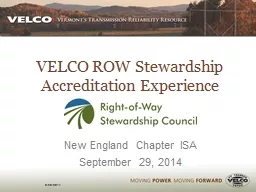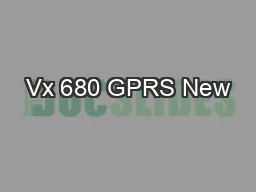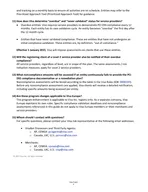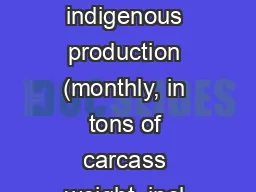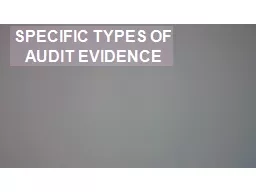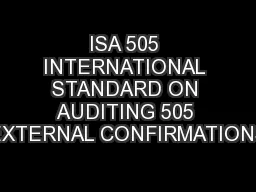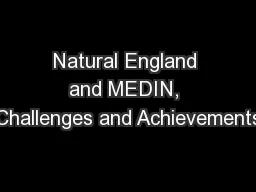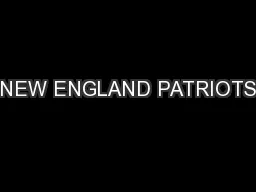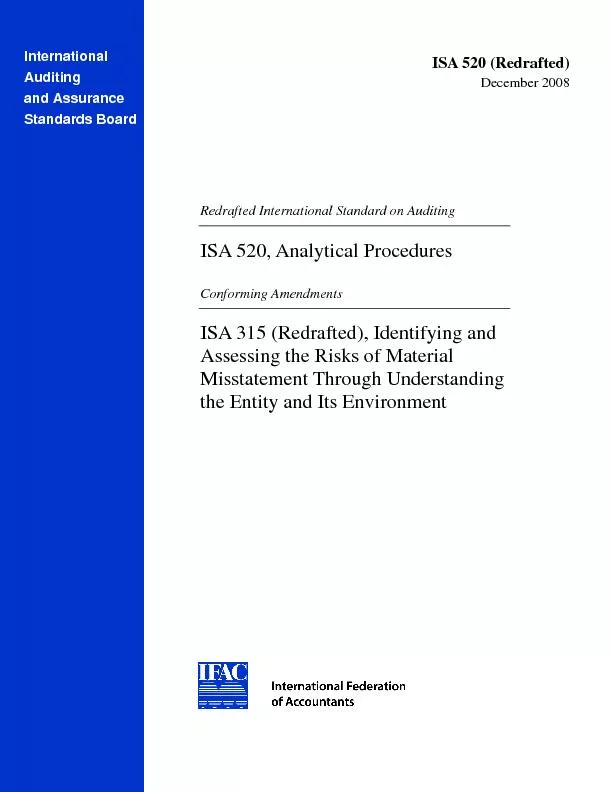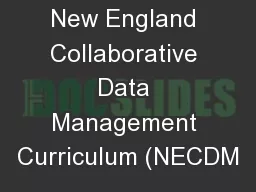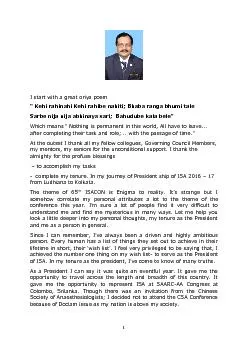PPT-New England Chapter ISA September 29, 2014
Author : celsa-spraggs | Published Date : 2019-02-07
VELCO ROW Stewardship Accreditation Experience Right of Way Management 738 line miles 254 miles above 200 kV 13000 acres of right of way 4610 acres above 200 kV
Presentation Embed Code
Download Presentation
Download Presentation The PPT/PDF document "New England Chapter ISA September 29, 20..." is the property of its rightful owner. Permission is granted to download and print the materials on this website for personal, non-commercial use only, and to display it on your personal computer provided you do not modify the materials and that you retain all copyright notices contained in the materials. By downloading content from our website, you accept the terms of this agreement.
New England Chapter ISA September 29, 2014: Transcript
Download Rules Of Document
"New England Chapter ISA September 29, 2014"The content belongs to its owner. You may download and print it for personal use, without modification, and keep all copyright notices. By downloading, you agree to these terms.
Related Documents

